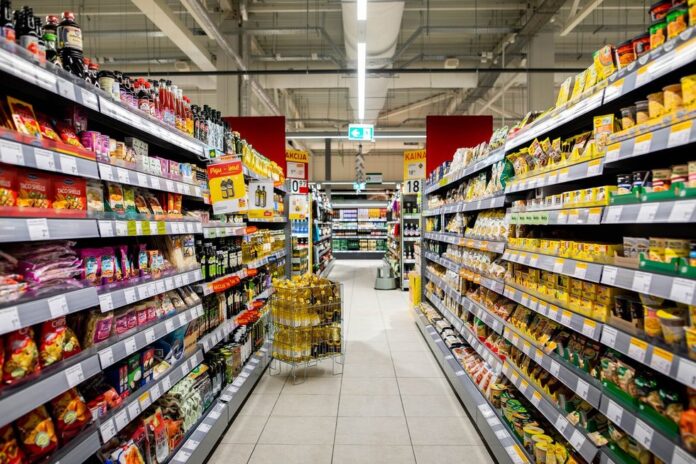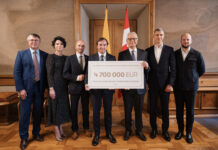
Lithuania has been living with double-digit inflation for almost a year. Food prices have gone up particularly sharply, by around a third, and more income will be consumed by heating bills.
Food producers and processors say prices will have to rise further, especially in the absence of government support, reports LRT.lt. Competing in such an environment is difficult for the Lithuanian food industry.
Vegetable growers have seen a rise in the cost of fertilizers, gas, and electricity, and greenhouses have been hit particularly hard. Fuel, which has only recently started to become cheaper, has also raised their expenses. On average, vegetables in Lithuania are 22 percent more expensive than last year. Meat prices have risen by a similar amount, 21 percent.
“Although many people think that if costs rise, a grower can ask for a higher price for their produce, this is not the case because the market is free. If some Latvians or Poles produce cheaper, you will not be able to raise the price due to the laws of the market,” Algis Baravykas, director of the Association of Pig Breeders, tells LRT TV. The cost of rearing pigs has risen over the years. “Feed grain has gone up by a factor of two. Soya beans have also gone up. These are the main components of the feed. Oil has gone up four times at almost the same time,” says Baravykas.
The cost of bread has also risen considerably. “Since the beginning of the year, flour has become 40 percent more expensive. Oil has doubled in price… But the main thing is electricity. Prices have increased 7 times,” says Vaidas Baranauskas, head of the bakery Velželio Duona. “From the beginning of this year until now, bread has gone up by 23 percent and we are planning to go up by another 10 percent in October,” says Baranauskas.
On average, bread prices in Lithuania have risen by 33 percent over the year. This is a steeper rise than for vegetables and meat, but not as much as the price of milk, which went up by 47 percent on average.
According to the Statistics Department, inflation for food and non-alcoholic beverages reached double digits in December last year for the first time in years and has been rising ever since.
The annual increase in food prices is around 30 percent. Some consumers, because of high food prices and simply because of the high prices of goods and services in general, have certainly started to save money at the expense of food and have probably started to cut back on non-essential food items, says one economist.
As to what will happen next, opinions are divided. Some say that the price peak has already been reached, while others are doubtful, saying that food will continue to get more expensive, albeit at a lower rate. Meat, sausages, chicken, dairy products will continue to get more expensive. Energy resources will further inflate costs, producers and growers warn.
Economists say it is impossible to save one sector, such as agriculture. But all of them should be supported, and the criterion could be the cost of electricity, which has already been mentioned by the government itself.
“Around 18 European Union countries are currently applying a wide range of measures to help businesses. Not only consumers but also businesses,” stresses Aleksandras Izgorodinas, an economist with SME Finance. He lists possible measures the government could use: tax deferrals, state guarantees for loans, direct grants or subsidies. Lithuania has the money to help, he insists. The budget has received 1.3 billion euros more revenue than in the first seven months of last year, excluding European support.



























